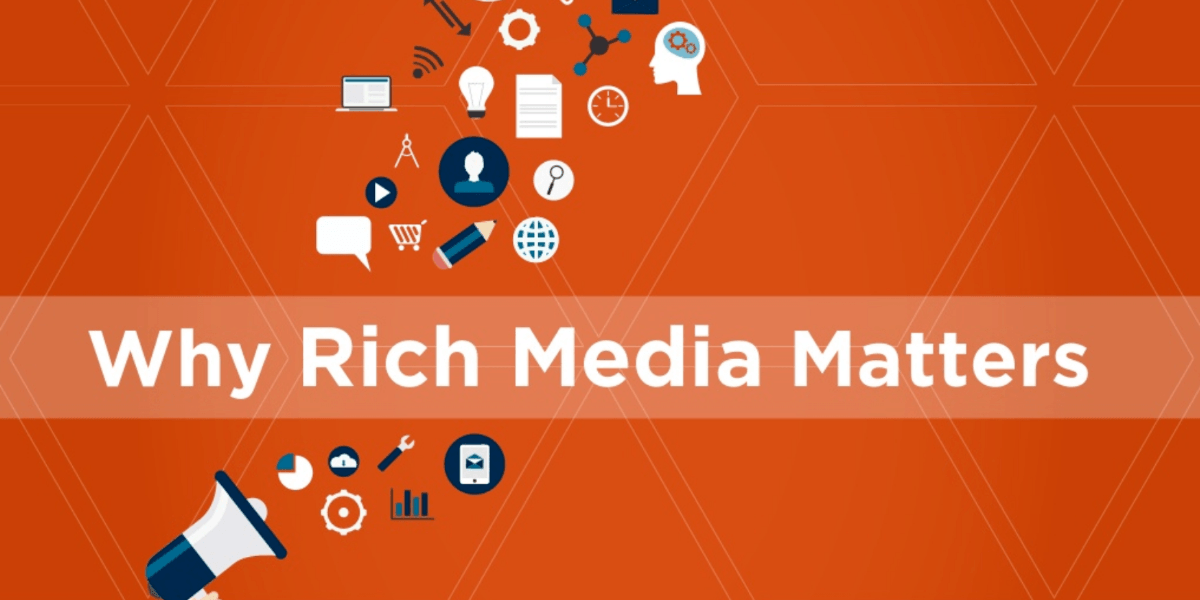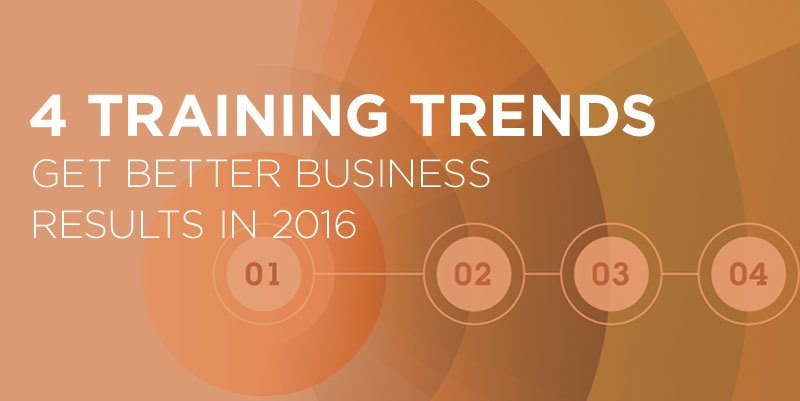The Reason Why Rich Media Makes A Difference To Learning And Development
Visuals improve your learning and drive engagement because our brains like getting information in multiple mediums. This article discusses the Why Rich Media Matters slideshare from Allen Communication and explains why rich media is critical to Learning and Development.
How We Process
Our brains are built to quickly take in and process visual information. While the best learning will come from multiple sources, visuals are the first to trigger and process. This is because 40 percent of the nerve fibers in the brain connect to the eye and roughly half of our neural tissue is related to vision.
This is why rich content is an integral part of any learning solution. The human brain makes quick connections through rich media and visual content that would take longer to make through another medium.
How We Learn
This is why Instructional Design must plan for and incorporate visual from the start. Rich media tells your learners a story before anything else does. Including a video, an infographic, or even a photo helps your learners. People who have visuals to go with instructions follow directions better and classroom learners retain information better when the instructor includes visual aids.
All of this might have you wondering why we bother using anything other than rich media in training.
If you’ve talked to Allen Communication’s CLO Michael Noble about learning types, you know he doesn’t subscribe to the theory of types of learners. He says we are all visual and auditory and kinetic learners. The best programs combine mediums for a more powerful effect. If your learners have text with a video, they will remember more than with text alone and vice versa.
Because our world is becoming immersed in interesting visuals and on-demand information, your learners are changing and seeking this type of information out. More than half of executives in 2010 told Forbes they use YouTube to watch business-related videos, and the numbers are growing. You need to create training that involves rich media to meet learner needs and ensure success in your training programs.
How We Engage
Rich content doesn’t just change the way we learn, it has a big impact on whether and how we engage. Think about the last time you looked up a store or a business. Is part of your judgment based on what the website looks like? Or what about the last time you needed to buy a new computer? For most of us, the brand plays a big part in where we start, and a big part of how you remember and relate to brands is through visuals. Having beautiful, well designed visuals adds credibility to your message. It’s a visual cue to your learners that this information is important and trustworthy.
This is true whether you’re in a classroom or taking a web-based course. Even one of the largest companies in the world has seen the impact of rich media. Just one month after the introduction of Facebook timeline for brands, visual content —photos and videos— saw a 65% increase in engagement. And websites or blog posts with visuals have almost double the views of those without.
What to Do
If you’ve wanted to include more or better visuals in your corporate training programs, but you’re not sure where to start, don’t lose hope. You can start small. With your next project, begin by thinking about what you can use visually that will tell the same story or complement the information you’re communicating. By building art design into the start of the program, you’ll keep down costs and time for design. You also will avoid having a last-minute scramble for what to include if you build it into the process. Always including rich media in your design process will help you build better, more effective training.
What are your favorite examples of rich media in training?








